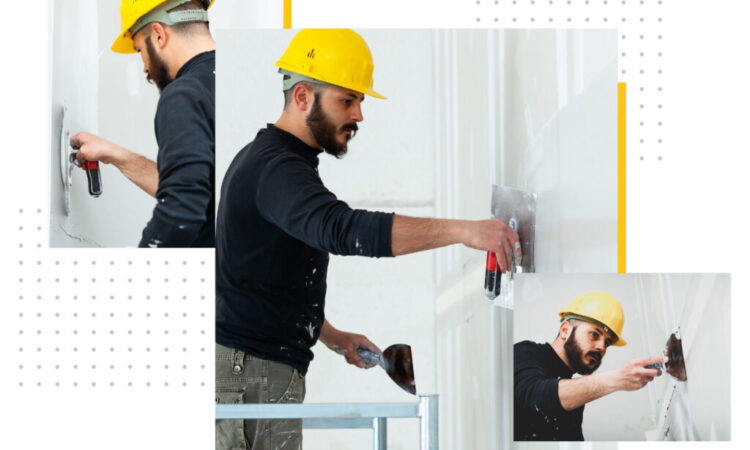In the context of interior design, manufacturers and design experts focus on multiple resources for their tasks. One of the leading options for people in the recent period is gypsum wall plaster. The component has been in use for ceiling and wall construction for many centuries.
Currently, a lot of companies are incorporating gypsum plaster for building construction and interior wall lining. Multiple types of gypsum plaster are usable in different application techniques. Here, we shall discuss them in brief and why you should consider gypsum-based construction as a viable option.
Types of gypsum plaster
The following are the common type of gypsum wall plastering that are most popular among users.
- Hemihydrate Gypsum Plaster: Manufacturers heat gypsum at a high temperature of 170°C or more. This is when this type forms and is a common choice for various wall formations instead of drywall.
- Anhydrite Gypsum Plaster: Unlike the hemihydrate version, this plaster type occurs after manufacturers heat gypsum up at a lower than or directly 170°C temperature.
The types of gypsum plaster also vary based on their application. Common variations in application include:
- One-coat plaster
- Casting
- Undercoating
- Machine-based application
- Plaster for finishing
Reasons to utilize gypsum plaster for construction and interior designing
The following are the main benefits of gypsum plaster for companies. Constructors or building owners work with the best gypsum plaster brands in India for their projects.
· Easy application
Construction workers and interior decorators can directly apply gypsum plaster on brick and wood components. There is no need for levelling the plaster over the wall frame or giving wall finishing.
· Light construction
Unlike plaster variants like sand or cement, the composition of gypsum plaster has no weight. Therefore, the application process occurs smoothly while decorators use it in false ceiling construction. Moreover, the gypsum plaster has a strong structural balance but puts limited weight on the framing.
· Simple curing process
Unlike other plaster varieties, users do not have to focus on curing the gypsum plaster with water. Therefore, it is easier to handle and apply, while also requiring less time to cure. Constructors can complete their development processes quickly.
· Zero shrinkage cracking
During the mixing process of the plaster with water, cement exerts some heat. That causes shrinkage cracks to appear on the walls after application and drying. This is not possible with gypsum plaster which does not produce much heat.
· Higher quality acoustics
Gypsum plaster has high sound absorption potential. So, in most cases, constructors utilize this component for the construction of soundproof rooms. The acoustics in the rooms are well-maintenance, there is limited echo effect, and the walls absorb sound vibration better.
· Robust structure
The gypsum plaster component has high strength and becomes durable after drying up. Therefore, you can expect the ceilings and walls to stay intact for longer periods.
· Less water usage
Unlike many other plaster options, gypsum plaster does not require too much water. This saves water needs for constructors and is especially useful in regions of India that have semi-arid to arid atmospheres.
Conclusion
In many ways, gypsum plaster is superior to other plaster varieties in the market. The different types of gypsum plaster are durable, long-lasting, take approximately 3 days to set, and are easy to apply. Before purchasing and utilizing this component for your construction needs, research the brands and choose a reliable provider.


